How to dilute the mastic?
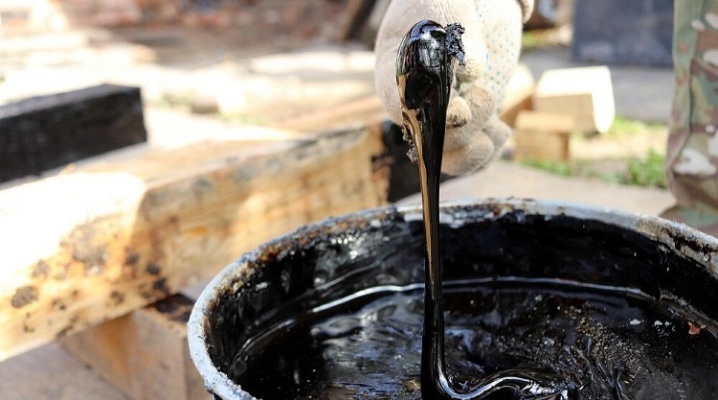
Construction forums are full of discussions about whether it is possible to dilute the mastic, and if so, what is used for this. With the growing popularity of liquid coating waterproofing, bituminous compositions have become one of the indispensable elements of any construction, but there is still little information about them. Therefore, it is better to deal with such issues in a more professional manner.
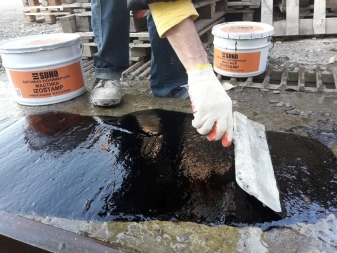
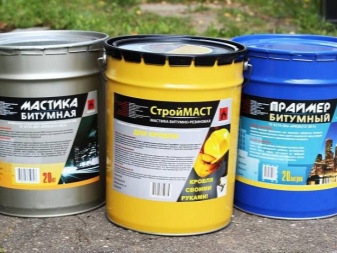
Can it be diluted?
The need to dilute non-hardening building waterproofing arises in cases where the ready-made mortar has acquired excessive thickness. Under natural conditions, this happens when the chemicals that make up the composition evaporate. In addition, such a need may arise when using two-component mixtures. They are prepared just before use by combining the ingredients.
The mastic should be diluted taking into account the functional purpose of a particular coating. For example, for priming and finishing coat, the consistency will be different, as for the options intended for application to the floor and ceiling. Dilution in violation of the manufacturer's recommendations leads to the fact that the composition is too liquid or, conversely, too thick, therefore it dries slowly or quickly hardens, the layer is thin or does not fit well. A coating with a broken composition preparation technology loses most of its useful characteristics.
The myths that mastic should not be thinned are most often associated with poor practical experiences of consumers. For example, choosing the wrong ingredients. Bitumen-based mastics are contraindicated in contact with some organic solvents; they cannot be diluted with the same ready-made mixtures of chemicals as paints and varnishes.
No oil is added to the roofing mixture, otherwise it will be impossible to achieve a reliable coating.

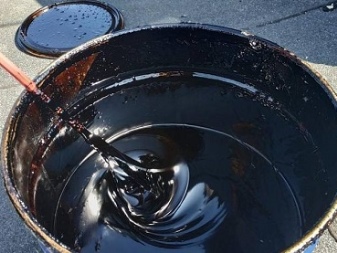
What is being used?
As solvents for mastic, ingredients are used that affect the consistency of the product. Much depends on the type of base. Several options are considered the most common.
- Bituminous mastic. It is customary to dilute it to the desired consistency with the help of flammable chemicals - white spirit, gasoline or kerosene for automotive purposes. Fuel labeling is also important - most often low-octane types of gasoline are used, which provide polymerization of the composition in the open air in 24 hours.
- Rubber-bitumen mastic. It is customary to dilute it with organic solvents, mainly turpentine or its analogues. Classic liquids containing acetone will not work. Diesel fuel (DT) is also not the best solution, since it is almost impossible to achieve a uniform consistency with such a substance, but the resulting mixture fits well on the surface.
- Oil mastic. Diluted by the development of lubricants. This type of mastic is used mainly for insulating pipeline systems, therefore, even in a frozen state, it does not acquire hardness and rigidity.
After storage in a cold room, a slightly thickened composition can be returned to its previous values by simply heating it in a water bath. To do this, you need to put a bucket of mastic in a container with water, and then wait until the consistency returns to the desired density. In the summer, you can warm up the cold coating by simply exposing it to the direct rays of the sun. It takes no more than 2 hours to achieve the optimal viscosity of the waterproofing mass.
Bituminous mastics are often mixed with crumb rubber. Although the latter is not a solvent, it still has a significant effect on the course of processes associated with the hardening of the coating to the required hardness. Such a mixture acquires increased tensile strength, it tolerates shock and vibration loads more easily. By adding rubber or latex, it is possible to obtain an elastic mixture that is resistant to cracking.
At the same time, the proportion of bitumen will decrease, so we can say that this method is also a kind of dilution of mastic, however, not with liquids.
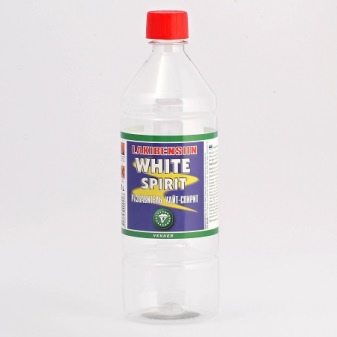
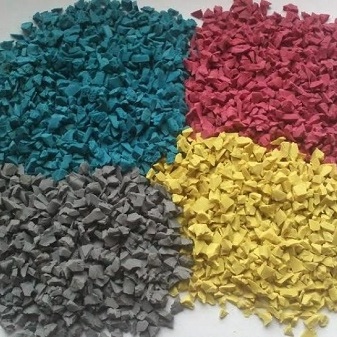
How to dilute correctly?
When dissolving pasty bituminous mastics, an important principle is always observed: the mixture should contain additives in a volume of no more than 20%. If these indicators are exceeded, the solution will be excessively fluid, and may even lose its original properties. In addition, when planning to work with organic and chemical solvents, you should remember the precautions. Most of them are highly volatile and easily ignite upon contact with open flames or even sparks.
It is necessary to carry out work on diluting bituminous mastics with great care, in a specially prepared room or in the fresh air. When working with hot compounds, it is strictly forbidden to mix them with gasoline, even in the absence of combustion sources. When using flammable compounds on the construction site, it is forbidden to smoke, use lighters.
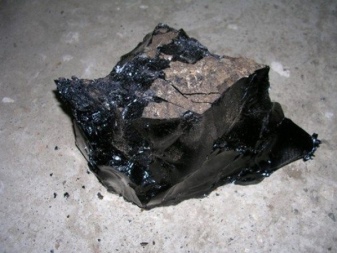
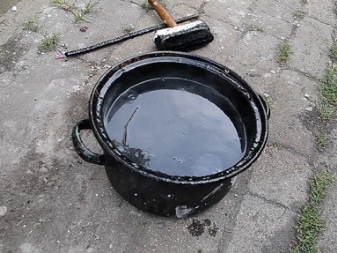
Solvents are added to bitumen in small portions. Their density is noticeably different from that of the mastic, so the composition must be stirred until smooth. If there is an excess of solvent, they can be removed, but for this you need to wait for the stratification of the ingredients.
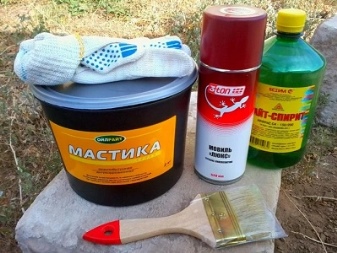
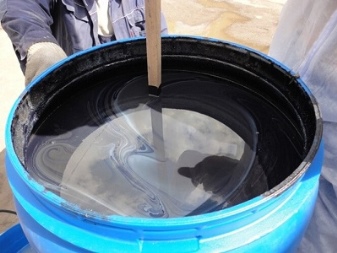
How to make mastic with your own hands?
The easiest way is to prepare a primer on your own in the presence of bitumen. This is the same mastic, only more liquid, applied as a primer to increase adhesion.
The work on the preparation of the primer is as follows.
- Raw materials are being prepared. Pieces of pure bitumen are suitable, as well as a base in the form of kerosene, gasoline, oil processing, nefras.
- Liquid solvents are poured into a metal container. The proportions for oil are 1: 5, for gasoline and other fluid substances - 1: 1 or 1: 2.5.
- Heating up to +80 degrees is carried out. It is better to use a water bath, ensuring thorough ventilation of the room. Subsequent stages require more intense heating, so it should be organized outdoors.
- The bitumen is placed in a solvent. The solution is constantly stirred to maintain the desired consistency. The temperature before application reaches +200 degrees. Bituminous mastic-primer is poured in small portions into buckets, and then immediately applied to the prepared surface.
Hot bitumen compositions are not always convenient to use, but they are prepared rather quickly. Self-made cold mixtures require more time due to the chemical processes taking place in the materials. In this case, all work will consist in crushing bitumen, its subsequent placement in liquid oil processing or diesel fuel, and constant mixing of the composition.
The readiness of the mixture can be judged by its color and consistency.
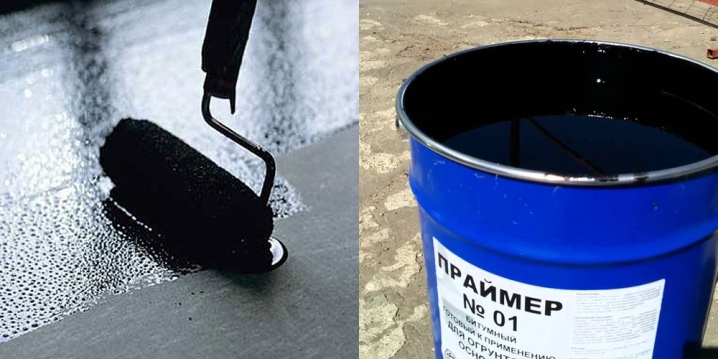













The comment was sent successfully.